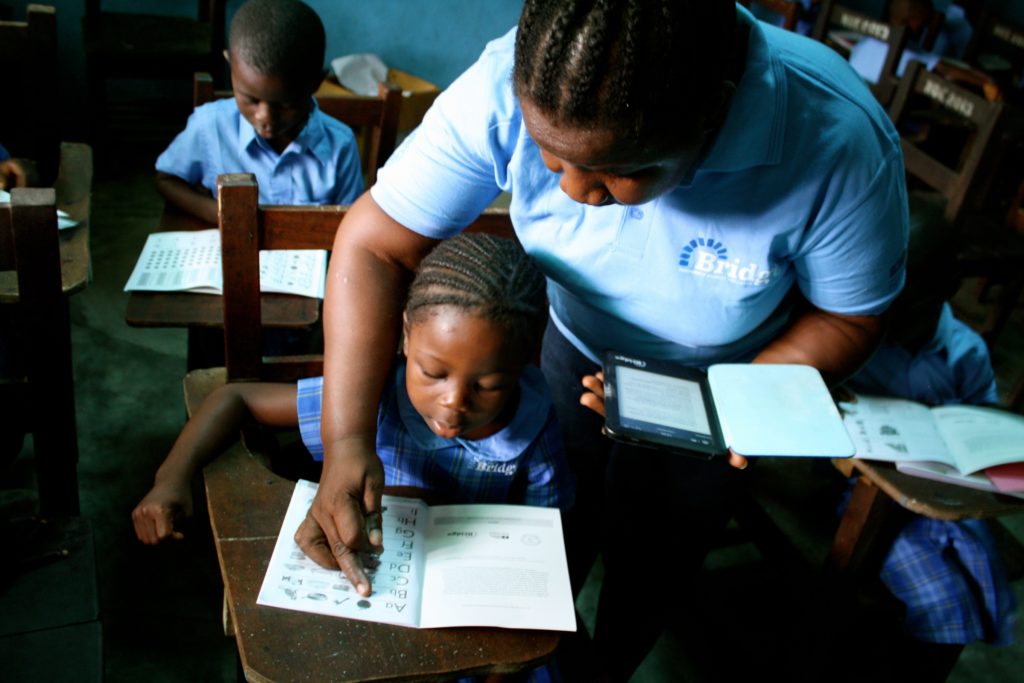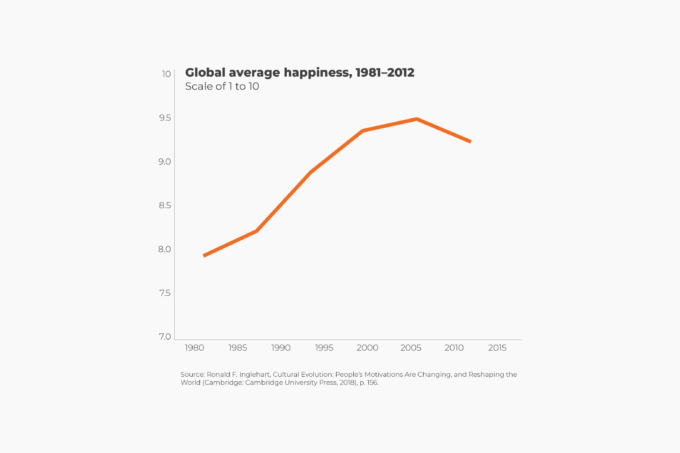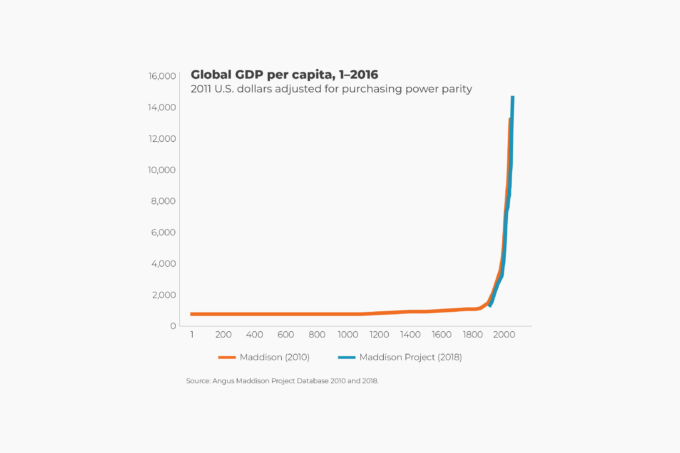The Human Development Index (HDI) was created in 1990 by researchers at the United Nations Development Programme to emphasize that the expansion of human choices should be the ultimate criterion for assessing development results.
The HDI is formulated on a scale of 0 to 1 by taking into account each country’s life expectancy at birth; its mean years of schooling for adults and the expected years of schooling for its children; and its national income per capita in purchasing power parity dollars. Purchasing power parity is defined as the ratio of prices in national currencies of the same good or service in different countries.
The Human Development Report noted that the HDI for the world as a whole increased from 0.598 in 1990 to 0.728 in 2017. That is to be expected given the improving global trends in life expectancy, education, and income documented in other chapters of this book. The report also calculates that between 1990 and 2017, the HDI for developing countries rose from 0.515 to 0.681. That’s an astonishing 32 percent improvement in just 27 years. The HDI average for the highly developed member countries of the Organisation for Economic Co-operation and Development (OECD) increased from 0.785 to 0.895. Since HDI in developing countries is growing more than twice as fast as that in OECD countries, the HDI gap between the two is shrinking fast.
In 2017, Norway achieved the highest HDI score ever measured, at 0.953, because its average life expectancy was 82.3 years and per capita income was $68,012 per year. Its mean and expected years of schooling stood at 12.6 and 17.9, respectively. The overall lowest HDI was scored by Niger at a dismal 0.354, because life expectancy in that country was 60.4 years, and average per capita income was $906 per year. Its mean and expected levels of schooling were, respectively, 2 and 5.4 years.








